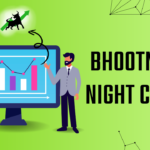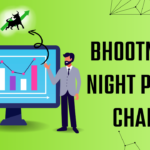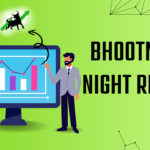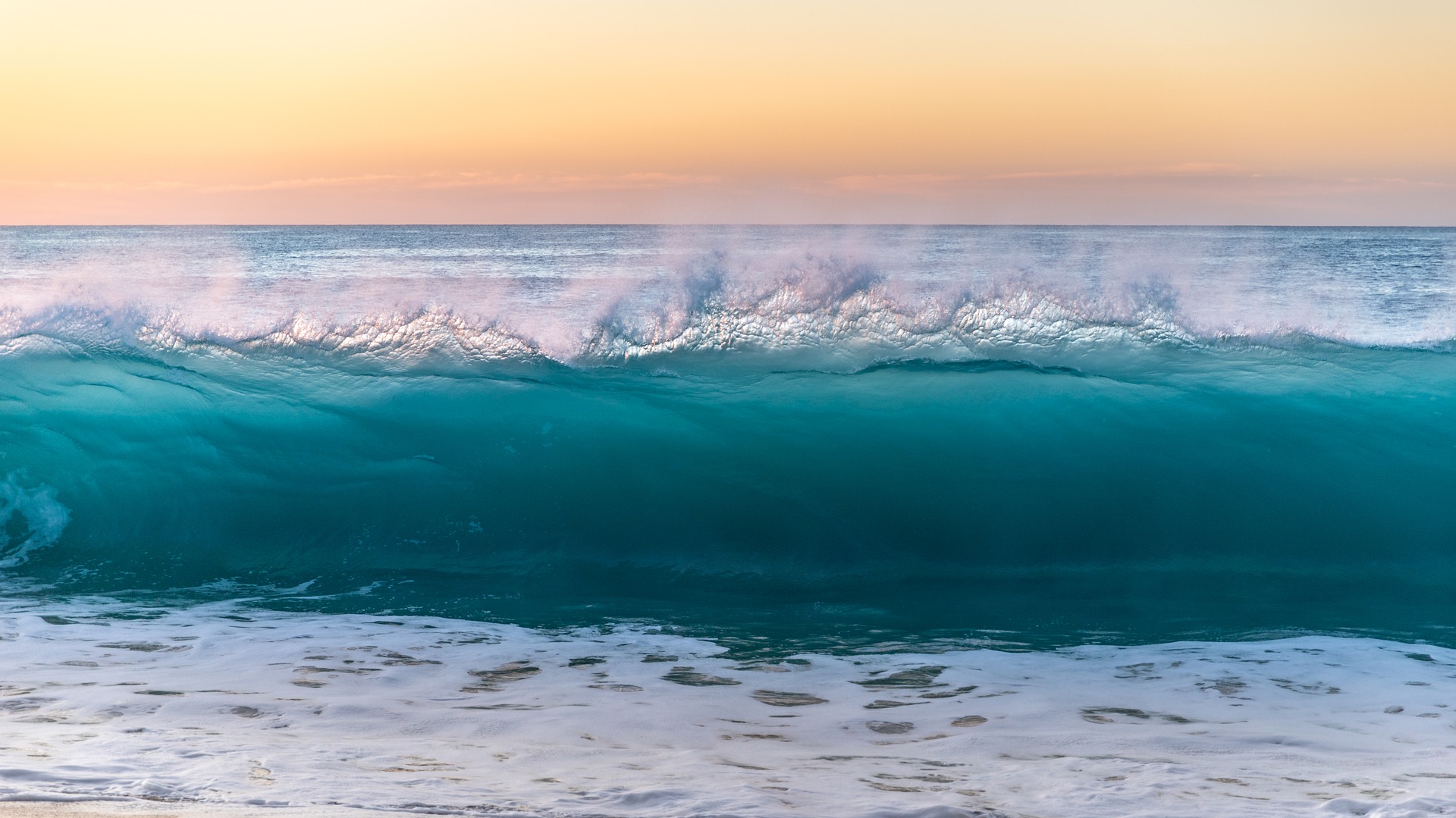Nestled in the Mediterranean Sea, Maññorca (or Mallorca, as it’s commonly known) is one of Spain’s most enchanting islands. It’s renowned for its breathtaking landscapes, crystal-clear waters, rich history, and vibrant culture. Whether you’re a sun-seeker, a history buff, or a nature enthusiast, Maññorca offers a diverse array of experiences that cater to all tastes. This comprehensive travel guide will help you uncover the island’s hidden gems, from its sun-soaked beaches to its charming villages and bustling towns.
Getting to Maññorca
By Air
The most common way to reach Maññorca is by air. The island’s main airport, Palma de Mallorca Airport (PMI), is well-connected to major cities across Europe and other continents. From the airport, it’s a short drive to Palma, the island’s capital. International flights make it a convenient destination, with seasonal flights available during peak tourist times.
By Sea
For a more leisurely journey, you can also reach Maññorca by ferry from mainland Spain, especially from Barcelona and Valencia. Ferries offer a picturesque approach to the island, giving you a glimpse of its coastal beauty before you even arrive.
Exploring Palma de Mallorca
Historical and Cultural Attractions
Palma, the capital city, is a vibrant hub of history and culture. One of the city’s most iconic landmarks is the Palma Cathedral (La Seu), a stunning Gothic structure that overlooks the bay. Its intricate façade and magnificent interior, with its modernist stained glass windows designed by Antoni Gaudí, are must-see highlights.
Nearby, the Royal Palace of La Almudaina provides insight into the island’s Moorish past. Once a Moorish fort, it now serves as the official residence of the Spanish royal family when they visit Maññorca.
For art enthusiasts, the Museu de Mallorca showcases a rich collection of artifacts and artworks from the island’s history. If you’re interested in contemporary art, the Es Baluard Museum offers a diverse range of modern exhibitions set within a historic fort.
Culinary Delights
Palma boasts an array of dining options, from traditional tapas bars to upscale restaurants. Don’t miss the chance to sample paella, a classic Spanish rice dish, and sobrasada, a local cured sausage. The city’s vibrant food markets, such as Mercat de l’Olivar, provide a great opportunity to taste fresh local produce and gourmet products.
Beach Bliss and Coastal Beauty
Top Beaches
Maññorca is famous for its stunning beaches, with golden sands and turquoise waters. Here are some of the island’s top beaches:
- Cala Millor: Known for its long stretch of sand and clear waters, Cala Millor is perfect for sunbathing and water sports. The beach is lined with cafes and shops, making it a lively spot for both relaxation and entertainment.
- Cala d’Or: This picturesque beach is nestled in a charming cove with crystal-clear waters. It’s ideal for a more secluded beach experience, with its tranquil setting and stunning scenery.
- Playa de Muro: With its shallow waters and family-friendly environment, Playa de Muro is a great choice for those traveling with children. The beach’s surrounding area offers various amenities, including restaurants and water sports facilities.
Coastal Towns and Villages
Beyond the beaches, Maññorca is dotted with charming coastal towns and villages. Port de Sóller, with its scenic harbor and vintage tram, is a quaint spot that offers a blend of natural beauty and historical charm. Cala Ratjada is another delightful town, known for its picturesque coastline and vibrant local atmosphere.
Nature and Adventure
Serra de Tramuntana
For those who love the great outdoors, the Serra de Tramuntana mountain range is a paradise. This UNESCO World Heritage site offers spectacular hiking trails, including the famous GR 221 route that traverses the range. The mountains provide breathtaking views, diverse flora and fauna, and the opportunity to explore traditional mountain villages such as Valldemossa and Deià.
Caves and Caverns
Maññorca is also home to some remarkable caves. The Coves del Drac (Dragon Caves) are a must-visit, featuring impressive underground lakes and stunning stalactites and stalagmites formations. The caves offer guided tours that reveal the island’s geological wonders.
Local Culture and Festivals
Traditional Festivals
Maññorca’s cultural calendar is filled with lively festivals and events. Sant Joan (St. John’s Festival) in June is one of the island’s most celebrated events, featuring bonfires, fireworks, and traditional music. The Festa de la Mare de Déu de la Salut in September is another highlight, showcasing local traditions and religious ceremonies.
Artisan Markets
Explore local artisan markets to experience Maññorca’s creative spirit. The Mercat de Sant Joan in Palma offers a range of handmade crafts and local goods, while Artisan Markets in Pollença feature unique products from local artisans.
Also Check:Bhootnath Day Night Satta Matka
Practical Tips for Travelers
Language
While Spanish is the official language, Catalan is widely spoken on the island. English is commonly understood in tourist areas, but learning a few basic phrases in Spanish or Catalan can enhance your travel experience.
Currency
The currency used in Maññorca is the Euro (€). Credit and debit cards are widely accepted, but it’s always a good idea to carry some cash for smaller establishments.
Transportation
Renting a car is highly recommended for exploring the island beyond Palma. Public transportation, including buses and trains, is available but may not reach all the island’s hidden gems. Cycling is also a popular option for exploring scenic routes.
Climate
Maññorca enjoys a Mediterranean climate with hot summers and mild winters. The best time to visit is from April to October when the weather is warm and conducive to outdoor activities.
Conclusion
Maññorca offers an idyllic escape with its blend of natural beauty, cultural richness, and vibrant local life. Whether you’re lounging on its pristine beaches, exploring historic sites, or immersing yourself in the island’s traditions, Maññorca promises an unforgettable experience. Pack your bags and get ready to uncover the serene allure of Spain’s Mediterranean jewel.
FAQ,s
1. What is Maññorca?
Maññorca, also known as Mallorca, is the largest island in the Balearic Islands, located in the Mediterranean Sea and part of Spain. It’s known for its stunning beaches, mountainous landscapes, and vibrant cultural scene.
2. How do I get to Maññorca?
The most common way to reach Maññorca is by flying into Palma de Mallorca Airport (PMI), which is well-connected to major cities in Europe and beyond. Alternatively, you can travel by ferry from mainland Spain, such as Barcelona or Valencia.
3. What are the top attractions in Palma de Mallorca?
Key attractions in Palma include:
- Palma Cathedral (La Seu): A magnificent Gothic cathedral with modernist stained glass windows.
- Royal Palace of La Almudaina: A historic palace with Moorish origins.
- Museu de Mallorca: Featuring artifacts and artworks from the island’s history.
- Es Baluard Museum: Showcasing contemporary art in a historic fort setting.
4. What are the best beaches on the island?
Some of the best beaches in Maññorca are:
- Cala Millor: Known for its long sandy stretch and clear waters.
- Cala d’Or: A picturesque cove ideal for a more tranquil beach experience.
- Playa de Muro: A family-friendly beach with shallow waters and various amenities.
5. What are some recommended coastal towns and villages to visit?
Notable coastal towns and villages include:
- Port de Sóller: Featuring a scenic harbor and a vintage tram.
- Cala Ratjada: Known for its picturesque coastline and lively atmosphere.
6. What outdoor activities are available in Maññorca?
Maññorca offers various outdoor activities:
- Hiking in Serra de Tramuntana: Enjoy stunning trails and mountain views.
- Exploring Coves del Drac (Dragon Caves): Discover impressive underground formations.
7. What cultural festivals and events should I attend?
Key festivals include:
- Sant Joan Festival: Celebrated in June with bonfires, fireworks, and traditional music.
- Festa de la Mare de Déu de la Salut: Held in September, showcasing local traditions and religious ceremonies.














